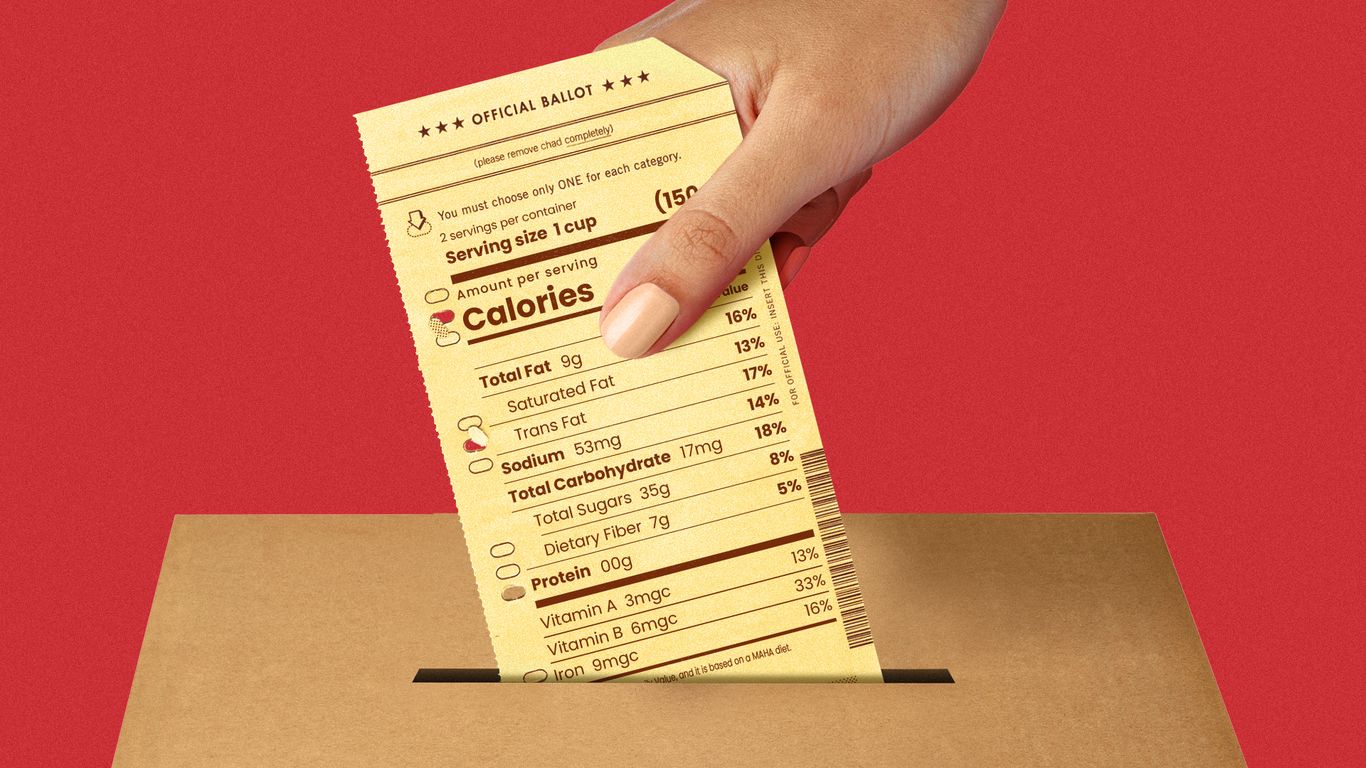Robert F. Kennedy Jr., serving as Health Secretary, is mobilizing his Make America Healthy Again (MAHA) movement to boost Republican prospects in the 2026 midterm elections. By touring key battlegrounds, launching a major advertising campaign, and pushing for state-level reforms, Kennedy hopes to keep MAHA voters engaged at the polls.
RFK Jr., allies rush to rally the MAHA movement for 2026

Key Takeaways:
- Robert F. Kennedy Jr. is rallying MAHA voters to preserve GOP control.
- Some MAHA activists worry about the administration’s position on pesticides.
- Pro-Kennedy forces plan a multimillion-dollar ad blitz.
- Legislation in nearly three-dozen states supports Kennedy’s healthy-living priorities.
- Polls show MAHA’s appeal spans demographics and could be pivotal in the midterms.
Introduction
Robert F. Kennedy Jr. has emerged as a central figure in the Republican push to maintain control in the 2026 midterm elections. Serving as Health Secretary, Kennedy is leveraging his Make America Healthy Again (MAHA) movement to unite a diverse coalition of voters who focus on health and wellness. His allies believe this approach could help keep critical House and Senate seats in the GOP column next year.
Why the MAHA Movement Matters
Drawn largely from suburban and younger voters, as well as some traditionally Democratic constituencies, the MAHA community showcases the potential to tip close races. Though initially energized during the 2024 campaign, some of these health-conscious supporters began questioning administration policies—particularly regarding pesticides. Still, polling from the Republican firm co/efficient indicates that MAHA carries credibility across racial and ideological boundaries.
Obstacles and Growing Concerns
A recent letter from 241 MAHA activists underscored the gap between the administration’s rhetoric and its policy execution. These activists cautioned that backing liability protections for pesticide manufacturers could erode the moral and political footing of the GOP. “Mr. President, creating broad liability protections for pesticides is a losing issue for your party,” the letter warned, raising the possibility of losing the House majority.
Blueprint for 2026
1)
Putting RFK Jr. on the Road
Kennedy’s team believes his personal advocacy is critical to motivating MAHA-minded voters. Since President Trump took office, Kennedy has visited crucial battlegrounds like North Carolina, Texas, and Arizona—a tour that his Health and Human Services Department is promoting through a “MAHA in Action” website.
2)
Launching an Air War
Kennedy’s supporters plan to invest millions in a robust advertising blitz spotlighting his healthy-living agenda. Health and Human Services is preparing a “Take Back Your Health” campaign, intending to convey bold messages on television, billboards, and even public transit. A related group, MAHA Action, has already purchased a seven-figure TV ad, featuring Kennedy and colleagues as “renegades” confronting the powerful food and pharmaceutical industries. “We will bring out every last MAHA mom, every health-conscious voter,” said Tony Lyons, president of MAHA Action.
3)
Going Local
A key prong of the strategy involves encouraging states to pass laws sidestepping unhealthy food additives and enforcing stricter labeling requirements. The passage of nearly three-dozen such bills this year in states including Arizona and Texas suggests a growing momentum for local, health-focused legislation. End Chronic Disease CEO Kelly McKenna, who supports these state-level moves, sees it as just the beginning of widespread policy changes.
Polling and Voter Appeal
Party strategists point to co/efficient data showing that MAHA’s appeal cuts across demographic lines. MAHA garnered favorable responses from Hispanic and Black voters, and apparently persuaded 4–6% of former non-Trump voters to switch allegiances. Even suburban women and young people, historically difficult targets for Republicans, appear drawn to this health-centric approach.
GOP Strategy and Challenges
Despite MAHA’s popularity, Republican pollsters caution that winning these voters over to specific Republican candidates requires more than generic partisan messages. Chris Wilson, a GOP pollster, notes that speaking MAHA’s language—addressing “vaccine freedom, health choice and fighting the medical establishment”—is a must. Otherwise, these voters could remain on the fence or simply stay home in November.
Conclusion
As the 2026 midterms near, Kennedy’s allies are steadfast in their belief that MAHA’s healthy-living vision can bolster GOP fortunes. Central to their plan are public appearances, a high-profile media campaign, and state-level policy successes—all geared toward keeping MAHA voters engaged. Yet the question lingers: will concerns over stagnating pesticide reforms—and the broader challenge of translating this movement’s enthusiasm into down-ballot wins—hold back what could otherwise be the missing piece of the GOP’s midterm puzzle?











